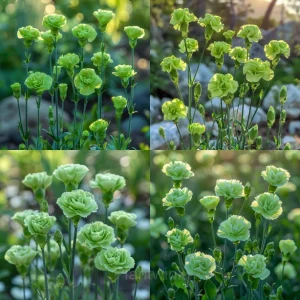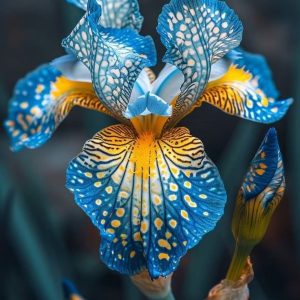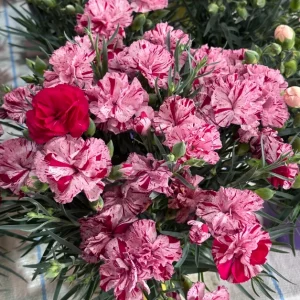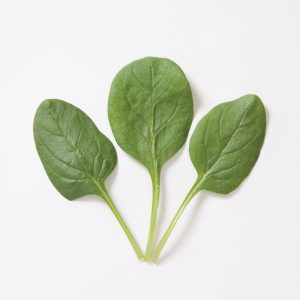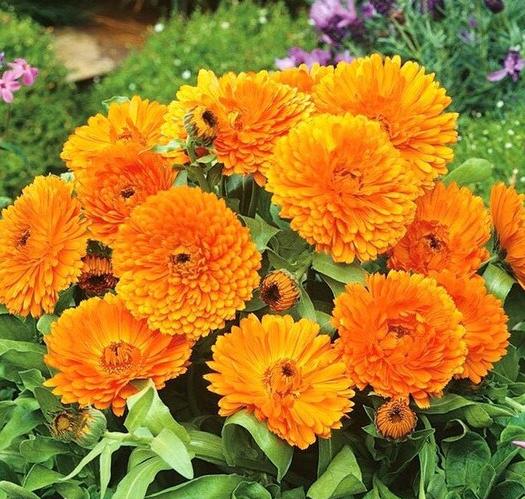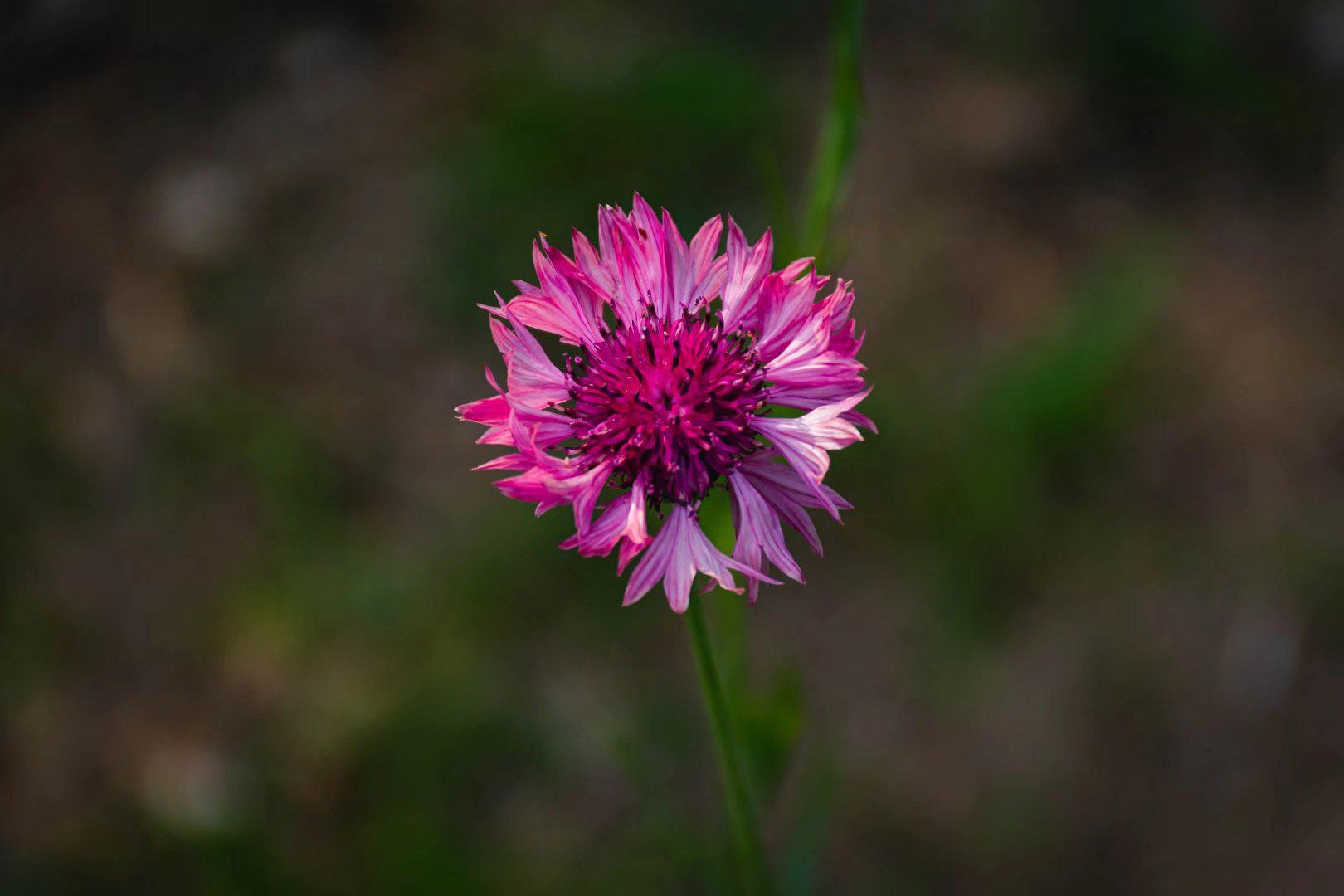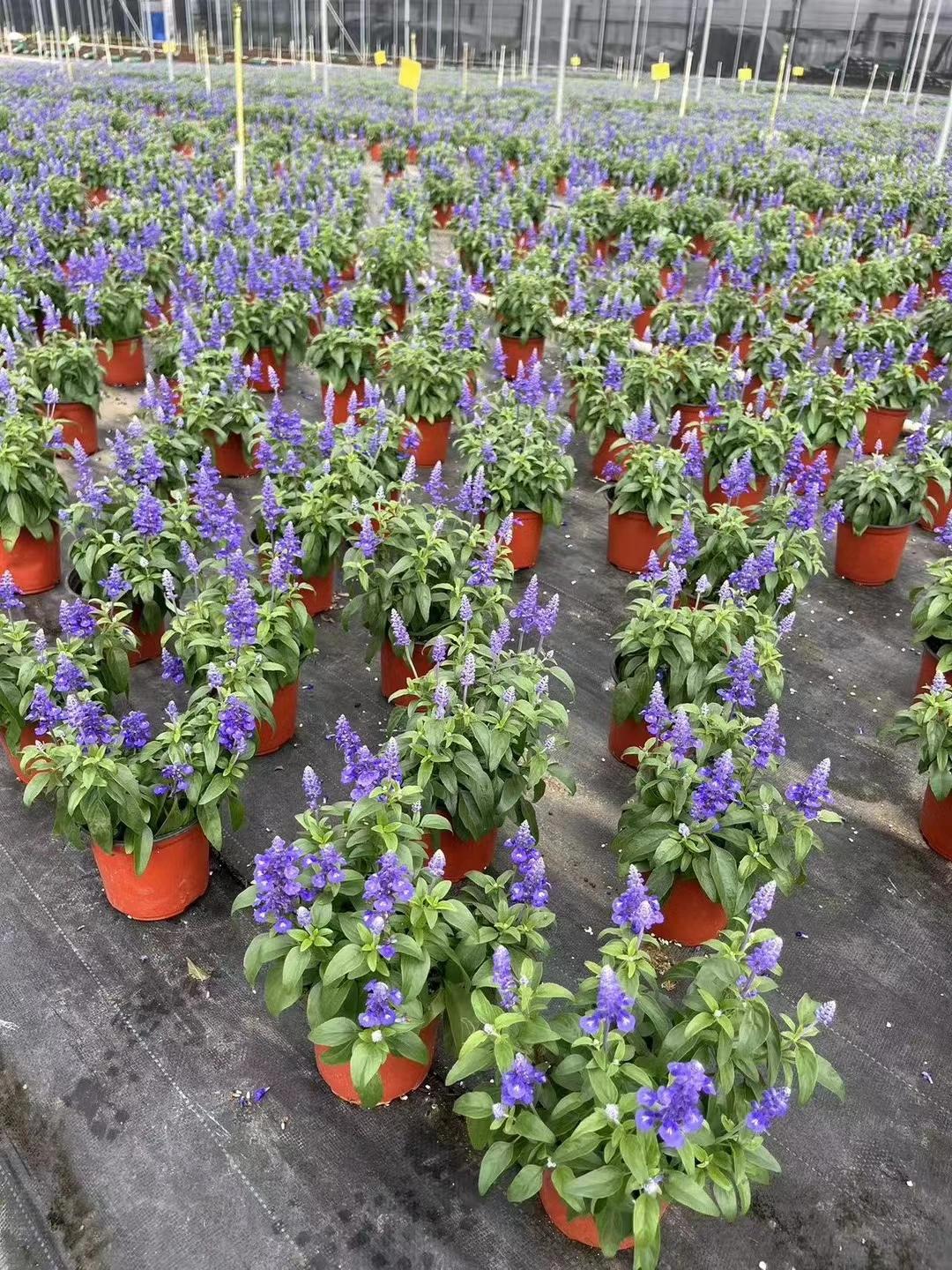Ancistrocladaceae is a family of flowering plants found in tropical regions of Africa. One interesting story regarding this family involves its use in traditional medicine. The bark of some Ancistrocladaceae species are used by indigenous people to treat a variety of ailments, including snake bites. In fact, some species of Ancistrocladaceae have compounds that have been found to be effective anti-venoms. This story highlights the importance of preserving biodiversity and traditional knowledge, as many valuable medicinal plants remain undiscovered or underutilized.
Picture
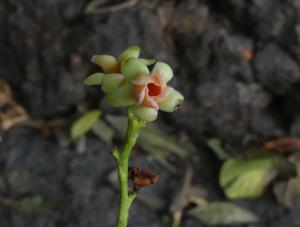
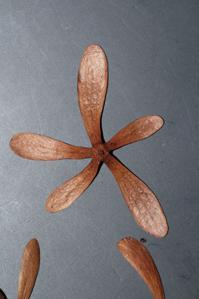
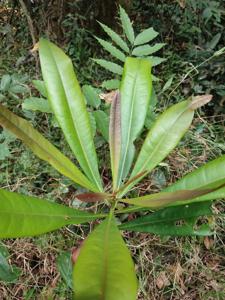
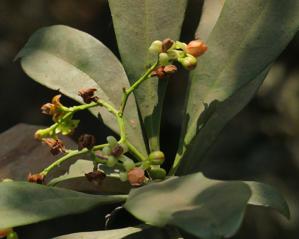
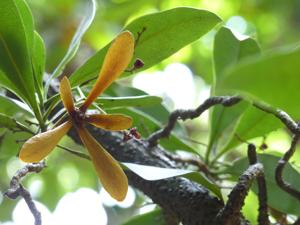

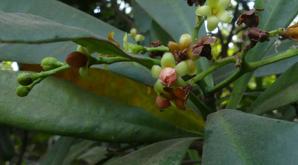
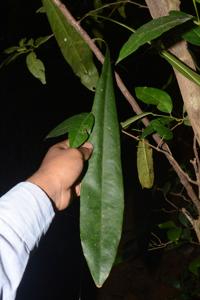
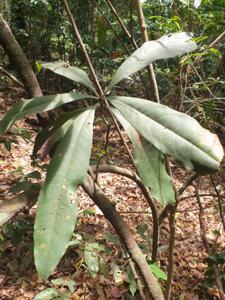
Plant some seeds now!
Short Description
Ancistrocladus is a genus of woody lianas in the monotypic family Ancistrocladaceae. The branches climb by twining other stems or by scrambling with hooked tips. They are found in the tropics of the Old World.
Description
The only genus in the family Ancistrocladaceae is Ancistrocladus, a little-known genus of about 20 species. These are palaeotropical, climbing, twining plants, found in lowland to submontane, wet to seasonal evergreen or swamp forests. The sparingly branched, sympodial stem is complex and can exceed 10 cm in diameter. It is along one side attached to the tree with grapnels (short, hooked lateral thorns, formed from modified stem apices), opposite to the leaves. Their leaves are borne in dense, evergreen rosettes. They are entire, have short petioles and lack stipules. They have a single wax-secreting trichome in the epidermal pits and glands on the abaxial surface. The flowers are small with a basally connate corolla, that are imbricate or rolled up lengthwise. The fruit is a nut with often wing-like accrescent sepals.
